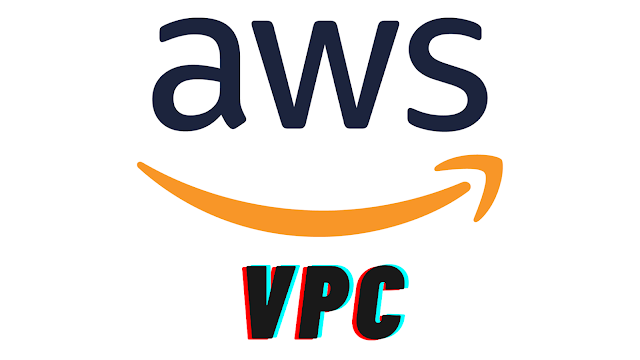Embracing DevOps: A Simple Guide to Streamlining Software Delivery
Introduction:
In the ever-evolving landscape of software development, DevOps has emerged as a game-changer, bringing together the worlds of development and operations to create a seamless and efficient process. But what exactly is DevOps, and how can it benefit your team or organization? Let's break it down in simple terms.
Understanding DevOps:
DevOps is not just a buzzword; it's a cultural shift that aims to foster collaboration and communication between software developers and IT operations. The goal is to automate the process of software delivery and infrastructure changes, ensuring a faster and more reliable release cycle.
Continuous Integration (CI):
Imagine building a jigsaw puzzle; you wouldn't wait until you have all the pieces to start connecting them. Similarly, in software development, CI is about integrating code changes into a shared repository frequently. This practice helps detect and fix issues early, preventing last-minute surprises during the deployment phase.
Continuous Deployment (CD):
CD takes CI a step further by automatically deploying code changes to production after passing automated tests. This reduces the time between writing code and making it available to end-users. It's like having a well-oiled machine that consistently delivers software without manual intervention.
Infrastructure as Code (IaC):
Traditionally, setting up and managing infrastructure required a lot of manual effort. IaC treats infrastructure configurations as code, allowing developers to automate the provisioning and management of servers, networks, and other infrastructure components. It's like creating a recipe for your server setup that can be easily replicated.
Monitoring and Logging:
Imagine driving a car without any instruments on the dashboard – you wouldn't know how fast you're going or if something's wrong. Similarly, monitoring and logging in DevOps provide insights into the performance of your applications and infrastructure. This helps identify issues promptly and ensures a smooth user experience.
Collaboration and Communication:
DevOps is not just about tools and processes; it's also about fostering a collaborative environment. Teams need to communicate effectively, share responsibilities, and work towards a common goal. This collaboration ensures that everyone is on the same page, leading to faster and more reliable software delivery.
Security Integration:
Security is a crucial aspect of software development that cannot be ignored. DevOps practices include integrating security measures throughout the development lifecycle. This means addressing security concerns from the very beginning rather than treating them as an afterthought.
Conclusion:
DevOps is not a one-size-fits-all solution, but rather a set of practices and principles that can be adapted to meet the specific needs of your team or organization. By embracing DevOps, you can streamline your software delivery process, reduce manual errors, and create a more collaborative and efficient development environment. So, whether you're a seasoned developer or just starting out, consider incorporating DevOps practices into your workflow – it's the key to unlocking a faster, more reliable software delivery pipeline.




Comments
Post a Comment